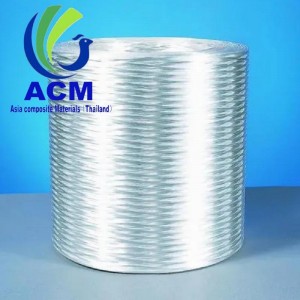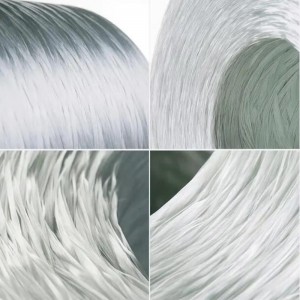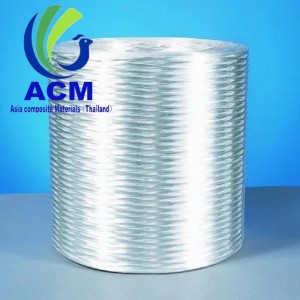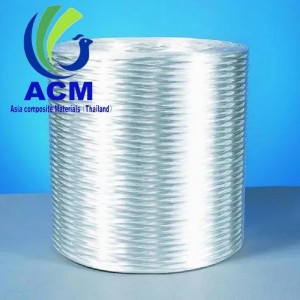Products
ECR Fiberglass Direct Roving for Filament Winding
Direct Roving for Filament Winding
ECR-glass direct roving for filament winding are designed to use reinforcing silane size and provide fast wet - out , good compatible with multiple resins allowing superior mechanical properties.
|
Product Code |
Filament Diameter(μm) |
Linear Density(tex) | Compatible Resin | ECR-glass direct roving for filament winding Product Features and Application |
|
EWT150/150H |
13-35 |
300、600、1200、2400、4800、9600 | UP/VE | ※Fast and complete wet-out in resin ※sLow catenary ※Low Fuzz ※Excellent mechanical property ※Use for making FRP Pipe,Chemical storage tank |
PRODUCT DATA

Direct Roving for Filament Winding
Filament winding roving is mainly compatible with unsaturated polyester, polyurethane, vinyl, epoxy and phenolic resins, etc. Its final composite product delivers excellent mechanical properties.
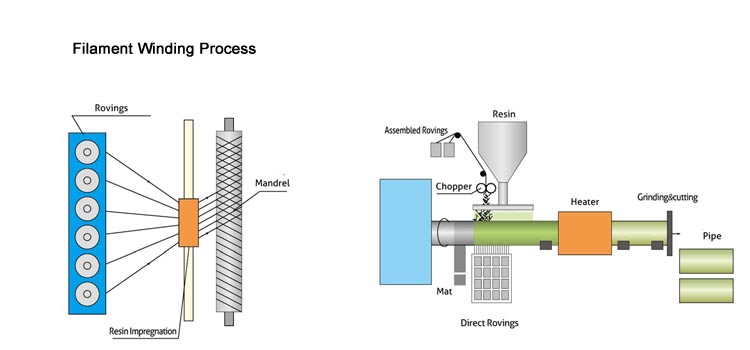
Traditional process: Continuous strands of resin-impregnated glass fiber are wound under tension onto a mandrel in precise geometric patterns to build up the part which is cured to form the finished composites.
Continuous process: Multiple laminate layers, composed of resin, reinforcement glass and other materials are applies to a rotating mandrel, which is formed from a continuous steel band continuously traveling in a cork-crew motion. The composite part is heated and cured in place as the mandrel travels through the line and then cut into a specific length with a traveling cut-off saw.


